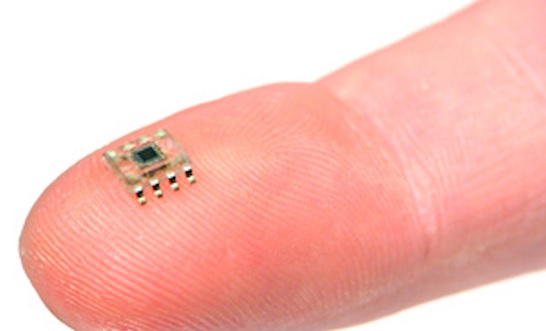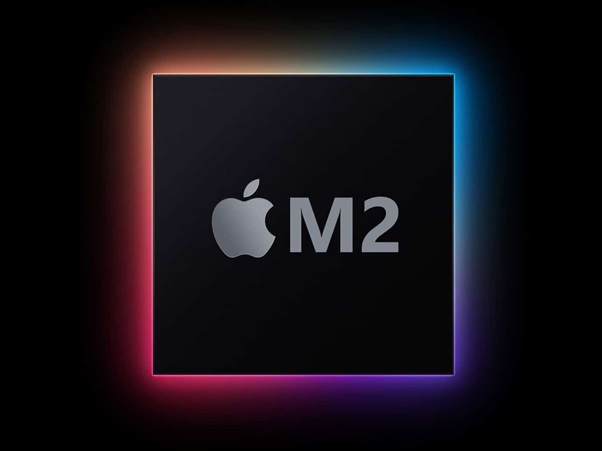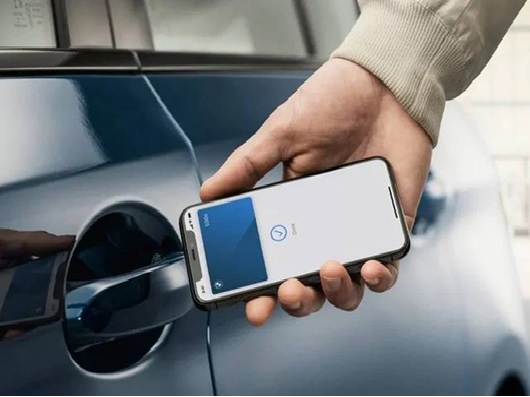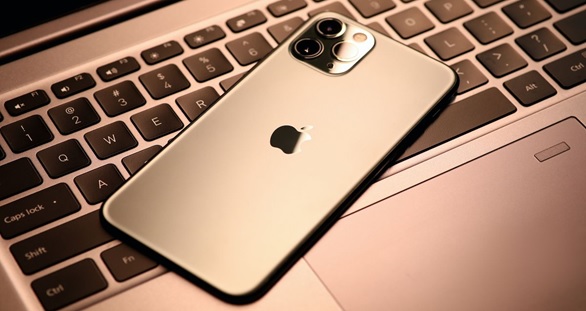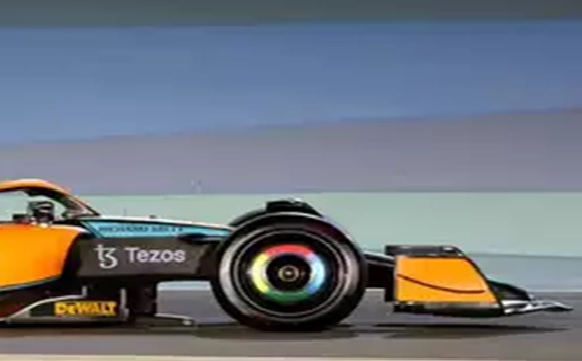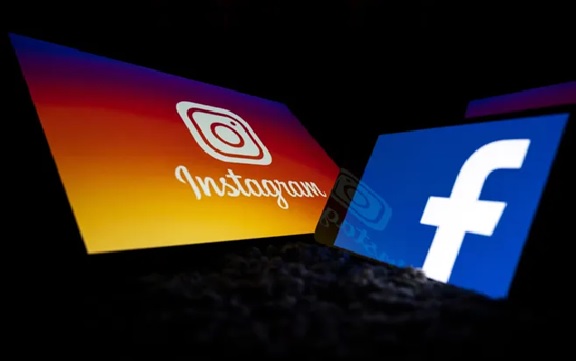The Wireless 5G Technology
5G Wireless Technology is now the latest cellular technology that will greatly increase the speed of wireless networks among other things (And who doesn’t want that?!!). So the data speed for wireless broadband connections using [1] 5G would be at a maximum of around 20 Gbps. Contrasting that with the peak speed of 4G which is 60 Mbps, that’s a lot! Moreover, 5G will also provide more bandwidth figure 1 shown below and advanced antenna technology which will result in much more data transmitted over wireless systems.
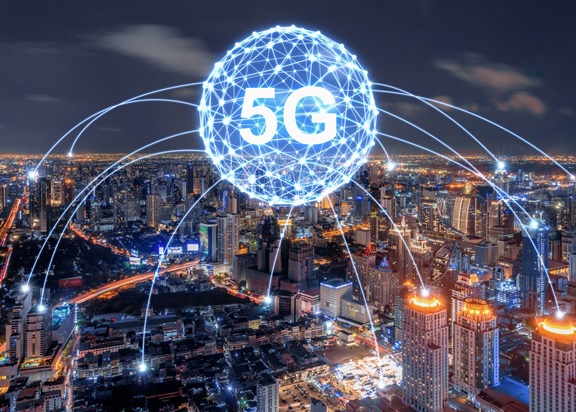
Figure 1: Wireless 5G Technology
And that’s just a small sampling of the capabilities of 5G technology! It will also provide various network management features such as Network Slicing using which mobile operators will be able to create multiple virtual networks using a single physical 5G network. So in this futuristic scenario, if you are inside a self-driving car, then a virtual network with an extremely fast, low-latency connections would be required because obviously the car needs to navigate in real-time.
But 5G is about more than just how fast it is. In addition to higher peak data rates, 5G is designed to provide much more network capacity by expanding into new spectrum, such as mmWave.
5G can also deliver much lower latency for a more immediate response and can provide an overall more uniform user experience [2] so that the data rates stay consistently high—even when users are moving around. And the new 5G NR mobile network is backed up by a Gigabit LTE coverage foundation, which can provide ubiquitous Gigabit-class connectivity.
While higher bands are faster at carrying information, there can be problems with sending over large distances. They are easily blocked by physical objects such as trees and buildings. In order to circumvent this challenge, 5G will utilise multiple input and output antennae to boost signals and capacity across the wireless network.
The technology will also use smaller transmitters. Placed on buildings and street furniture, as opposed to using single stand-alone [3] masts. Current estimates say that 5G will be able to support up to 1,000 more devices per metre than 4G.
5G technology will also be able to ‘slice’ a physical network into multiple virtual networks. This means that operators will be able to deliver the right slice of network, depending on how it is being used, and thereby better manage their networks. This means, for example, that an operator will be able use different slice capacities depending on importance. So, a single user streaming a video would use a different slice to a business, while simpler devices could be separated from more complex and demanding applications, such as controlling autonomous vehicles.
References:
- https://www.geeksforgeeks.org/what-is-5g-wireless-technology-and-how-it-works/
- https://www.qualcomm.com/5g/what-is-5g
- https://www.twi-global.com/technical-knowledge/faqs/What-is-5G
Cite this article:
S Nandhinidwaraka (2021) The Wireless 5G Technology, AnaTechmaz, pp. 34


